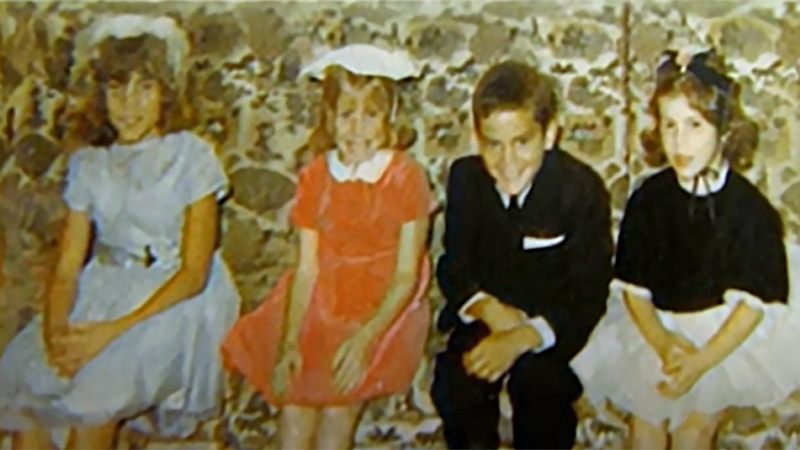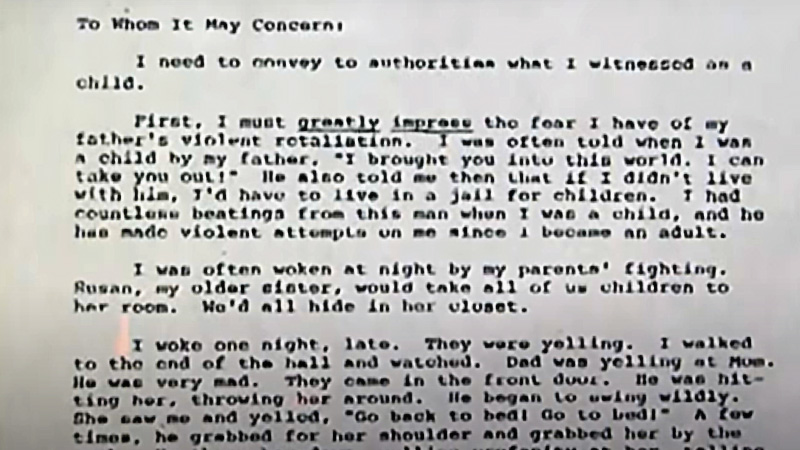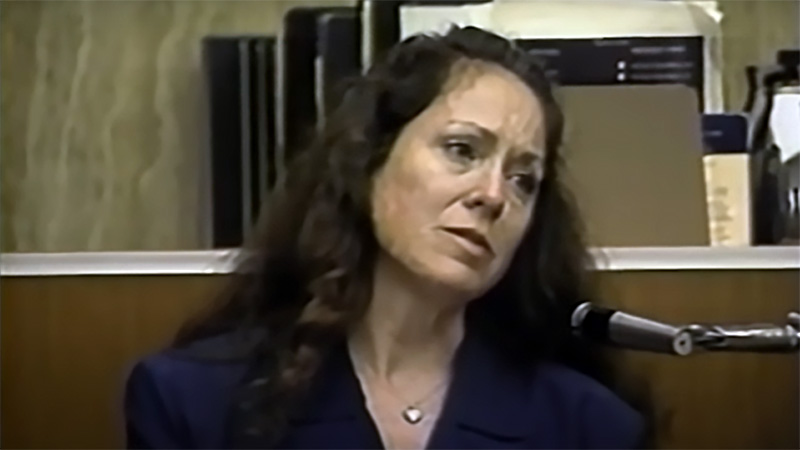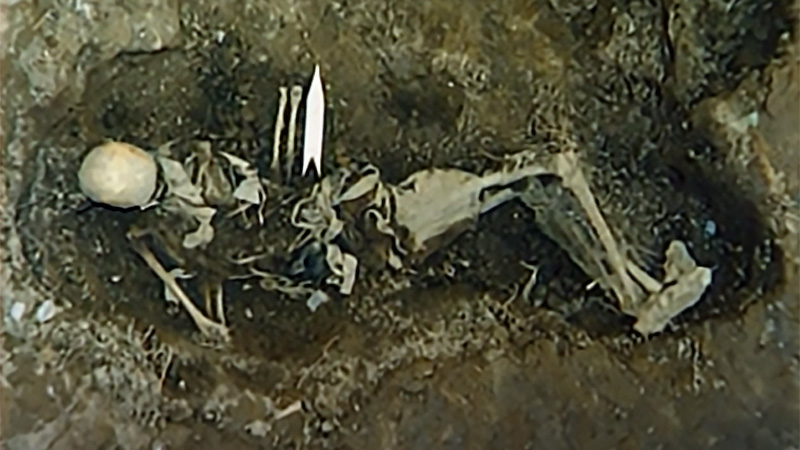Haunting Vision
DiAnne Keidel's disappearance and murder
After nearly three decades, a woman comes to the police with a story about her mother's murder and burial, and her father's involvement.
Original air date: December 15, 1999
Posted: November 13, 2021
By: Robert S.
Season 4, Episode 11
In 1956, DiAnne Kidder was recently divorced and had begun working in her father’s grocery store. As a single mother of a two-year-old daughter, DiAnne was committed to providing a better life for her young family. She didn’t expect to meet her life partner there, but also working at the grocery store was a smooth-talking young man Gene Keidel. DiAnne and Gene dated, married, moved to Pheonix, Arizona and went on to have three more children over a period of five years.
Life for the Keidels carried on through the early 1960s, but the married couple’s love wasn’t to last. By 1966, Gene and DiAnne began had separated, and Gene had moved into his own apartment. On September 17th, the pair met at dinner to discuss the division of property and arrangements for visitation of the kids. But no one knew that the Keidels were to face tragedy – twice.
On the very night of their dinner, DiAnne took Gene to his apartment, and met a man she’d been dating casually for a drink. Around 11pm that night, Gene called over to DiAnne’s to check on the children and learned that their mother had not returned from her outing. Rather than leave the kids alone, Gene drove to DiAnne’s to babysit and ended up falling asleep. When morning came, DiAnne still hadn’t returned. Gene reported his estranged wife missing, but as days stretched into weeks, no one was certain what had become of DiAnne.
Gene moved back into the marital home, and with the children, he moved on with his life. But just four months later, a fire broke out. Gene was at a laundry mat, and all four children ended up trapped inside the house. Of the Keidel children, only two would survive, and one of them, five-year-old Lori, only barely. But after 27 years, Lori would turn out to reveal the horrible truth about her mother’s fate and the tragic loss of both her sisters.

The Facts
Case Type: Crime
Crime
- Murder
Date & Location
- September 17, 1966
- Phoenix, Arizona
Victim
- DiAnne Keidel
Perpetrator
- Gene Keidel (Age: 32)
Weapon
- None found or used in this episode
Watch Forensic Files: Season 4, Episode 11
Haunting Vision

The Evidence
Forensic Evidence
- Plant material
- Remains: Skeletal
Forensic Tools/Techniques
- Dendrochronology
- Ground-penetrating radar
- Photo superimposition

Usual Suspects
No Evil Geniuses Here ?
- None occurred in this episode
Cringeworthy Crime Jargon ?
- None uttered in this episode
File This Under... ?
- Keep it in the family

The Experts
Forensic Experts
- None featured in this episode
Quotable Quotes
- "Gene wasn’t the best looking guy in the world, but he was a good talker. He’s a very good talker, and he was able to woo her." - Paul Rubin: Journalist
- "I know she arrived home. Her car was there. Her purse was in the house. Her keys were in the house, on the table in the kitchen. DiAnne did not take any clothes with her that we learned of, and there was no reason for her to run away. There was no motive there. " - Emma Groom: Detective, Missing Persons
- "To whom it may concern: I need to convey to authorities what I witnessed as a child. First, I must greatly impress the fear I have of my father’s violent retaliation. I was often told when I was a child by my father, ‘I brought you into this world; I can take you out.’" - Lori Romaneck: Victim's daughter
- "I’ve been lied to by some pretty good liars and have been fooled by a lot of people, and when that happens you tell yourself, ‘Well I’m not going to let that happen again. I’m not going to fall hook, line and sinker for every story that comes down the pike.’" - Ed Reynolds: Detective ‘Cold’ Cases
- "The age of the tree root growing over the body means that the body had to be there before the tree root was there. Otherwise it would’ve been cut, disturbed, would not have gone across. This gives a minimum age for the body to be in that position. " - Thomas Harlan, Ph.D.: Dendrochronologist
- "We’re talking about the fact that my father would beat my mother. Violently. My father would attempt to beat his children, my siblings and I. And when my mother was alive, she would intervene, and she would not permit my father to beat his children. She was very strong on that issue." - Lori Romaneck: Victim's Daughter
Find a typo or issue with the details of this case? Leave a comment below, or contact us!




